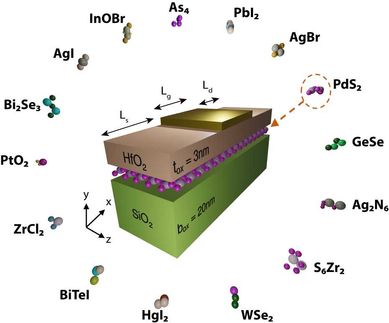BASF selects HPE to build supercomputer for global chemical research
BASF SE and Hewlett Packard Enterprise announced that the companies will collaborate to develop one of the world’s largest supercomputers for industrial chemical research at BASF's Ludwigshafen headquarters this year. Based on the latest generation of HPE Apollo 6000 systems, the new supercomputer will drive the digitalization of BASF's worldwide research.
“The new supercomputer will promote the application and development of complex modeling and simulation approaches, opening up completely new avenues for our research at BASF,” said Dr. Martin Brudermueller, Vice Chairman of the Board of Executive Directors and Chief Technology Officer at BASF. “The supercomputer was designed and developed jointly by experts from HPE and BASF to precisely meet our needs.”
The new system will make it possible to answer complex questions and reduce the time required to obtain results from several months to days across all research areas. As part of BASF’s digitalization strategy, the company plans to significantly expand its capabilities to run virtual experiments with the supercomputer. It will help BASF reduce time to market and costs by, for example, simulating processes on catalyst surfaces more precisely or accelerating the design of new polymers with pre-defined properties.
“In today’s data-driven economy, high performance computing plays a pivotal role in driving advances in space exploration, biology and artificial intelligence,” said Meg Whitman, President and Chief Executive Officer, Hewlett Packard Enterprise. “We expect this supercomputer to help BASF perform prodigious calculations at lightning fast speeds, resulting in a broad range of innovations to solve new problems and advance our world.”
With the help of Intel® Xeon® processors, high-bandwidth, low-latency Intel® Omni-Path Fabric and HPE management software, the supercomputer acts as a single system with an effective performance of more than 1 Petaflop (1 Petaflop equals one quadrillion floating point operations per second). With this system architecture, a multitude of nodes can work simultaneously on highly complex tasks, dramatically reducing the processing time.
“Customers are always looking for systems that deliver the best performance at the best total cost of ownership,” said Barry Davis, General Manager, Accelerated Workload Group, Intel. “Intel® Omni-Path Architecture is specifically designed to deliver outstanding performance while scaling cost-effectively from entry-level high performance computing clusters to larger clusters with 10,000 nodes or more – offering a significant advantage on both fronts.”
Developed and built with HPE, the new supercomputer will consist of several hundred computer nodes. The supercomputer will also leverage HPE Apollo Systems to give customers simplified administration efficiencies and flexibility to match their solutions to the workload.
Organizations
Other news from the department business & finance

Get the chemical industry in your inbox
By submitting this form you agree that LUMITOS AG will send you the newsletter(s) selected above by email. Your data will not be passed on to third parties. Your data will be stored and processed in accordance with our data protection regulations. LUMITOS may contact you by email for the purpose of advertising or market and opinion surveys. You can revoke your consent at any time without giving reasons to LUMITOS AG, Ernst-Augustin-Str. 2, 12489 Berlin, Germany or by e-mail at revoke@lumitos.com with effect for the future. In addition, each email contains a link to unsubscribe from the corresponding newsletter.




























































